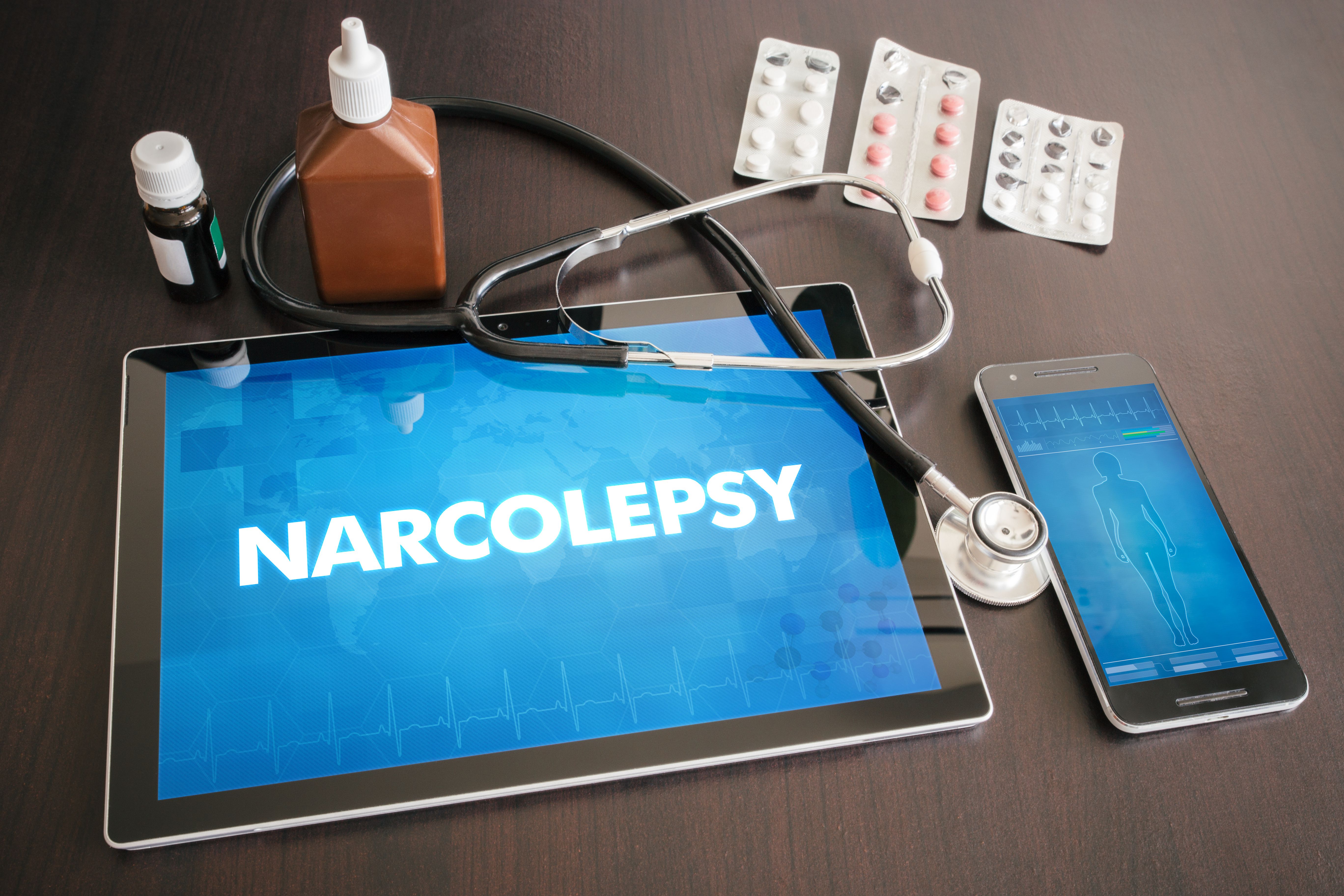Takeda's TAK-861 Shows Promising Results in Phase IIb Trial for Narcolepsy Type 1
Novel oral orexin receptor 2 agonist produced statistically significant and clinically meaningful improvements in wakefulness compared with placebo in patients with narcolepsy type 1.
Image credit: ibreakstock | stock.adobe.com

The results of a Phase IIb trial for Takeda’s novel therapy for narcolepsy type 1 (NT1) produced statistically significant and clinically meaningful improvements in wakefulness compared with placebo. As a result, Takeda announced plans to advance TAK-861, an oral orexin receptor 2 (OX2R) agonist, to Phase III trials in the first half of 2024.1
“We are thrilled to announce these clear and compelling results from the TAK-861 trial in narcolepsy type 1 that allows us to rapidly initiate Phase III trials this year as we work to deliver a medicine to patients that could address the underlying pathophysiology of the disease,” Sarah Sheikh MSc, BM, BCh, MRCP, Takeda head of Neuroscience Therapeutic Area Unit and Global Development, said in a press release. “Takeda thanks the patients, caregivers and investigators who participated in our orexin agonist trials. We will continue to apply our deep and growing understanding of orexin biology as we work to develop and deliver transformative treatments to people across a range of indications who could benefit from this mechanism.”1
Narcolepsy is a rare chronic neurological condition that inhibits the ability to control sleep-wake cycles. This can cause patients with the condition to suffer from uneven and interrupted sleep cycles that lead to awakening frequently at night. Symptoms of the condition include excessive daytime sleepiness, cataplexy, sleep paralysis, hallucinations, fragmented sleep, and insomnia.2
Despite the FDA having approved multiple treatments for narcolepsy, there is still a significant unmet need among those with the condition.1
The diagnosis of NT1 is based on patients showing low levels of the brain hormone hypocretin or experiencing cataplexy and excessive daytime sleepiness on a special nap test. Narcolepsy type 2 (NT2) involves excessive daytime sleepiness without experiencing muscle weakness triggered by emotions. Patients with NT2 typically have less severe symptoms and normal levels of hypocretin.2
The randomized, double-blind, placebo-controlled, multiple dose TAK-861-2001 trial (NCT05687903) enrolled 112 patients to compare TAK-861 with a placebo. The therapy demonstrated statistically significant and clinically meaningful improvements in objective and subjective measures of wakefulness at eight weeks while also achieving the primary endpoint in the Maintenance of Wakefulness Test (p < 0.001).
Key secondary endpoints of the trial included Epworth Sleepiness Scale and Weekly Cataplexy Rate, for which the findings were also deemed statistically significant and clinically meaningful. Most of the individuals who completed the trial began a long-term extension study.
Takeda also conducted a Phase II trial (NCT05687916) of TAK-861 in patients with NT2; however, the company said it will not advance the treatment to Phase III for this indication.
“Data are being further analyzed to determine next steps in orexin normal populations. Takeda is progressing multiple orexin agonists in patient populations with normal levels of orexin neuropeptides such as NT2 and other indications where orexin biology is implicated,” the company stated in the release.1
In terms of safety, the drug was generally well tolerated across both trials, with no treatment-related serious adverse events reported.
The findings from both trials of TAK-861 will be presented at an upcoming scientific meeting. Takeda added that these trials will not impact its full year consolidated reported forecast for the fiscal year ending March 31, 2024.
References
1. Takeda Intends to Rapidly Initiate the First Global Phase 3 Trials of TAK-861, an Oral Orexin Agonist, in Narcolepsy Type 1 in First Half of Fiscal Year 2024. Takeda. News release. February 8, 2024. Accessed February 9, 2024. https://www.takeda.com/newsroom/newsreleases/2024/Takeda-Intends-to-Rapidly-Initiate-the-First-Global-Phase-3-Trials-of-TAK-861-an-Oral-Orexin-Agonist-in-Narcolepsy-Type%201-in-First-Half-of-Fiscal-Year-2024/
2. National Institute of Neurological Disorders and Stroke. Narcolepsy. Webpage. Accessed February 9, 2024. https://www.ninds.nih.gov/health-information/disorders/narcolepsy#:~:text=Narcolepsy%20is%20a%20chronic%20neurological,throughout%20much%20of%20the%20day.
Addressing Disparities in Psoriasis Trials: Takeda's Strategies for Inclusivity in Clinical Research
April 14th 2025LaShell Robinson, Head of Global Feasibility and Trial Equity at Takeda, speaks about the company's strategies to engage patients in underrepresented populations in its phase III psoriasis trials.
Key Findings of the NIAGARA and HIMALAYA Trials
November 8th 2024In this episode of the Pharmaceutical Executive podcast, Shubh Goel, head of immuno-oncology, gastrointestinal tumors, US oncology business unit, AstraZeneca, discusses the findings of the NIAGARA trial in bladder cancer and the significance of the five-year overall survival data from the HIMALAYA trial, particularly the long-term efficacy of the STRIDE regimen for unresectable liver cancer.
Expanding Immune Response Testing to Support Vaccine Development
April 22nd 2025Nigel McCracken, chief operating officer, Virax Biolabs, discusses the expansion of its ViraxImmune platform into areas such as transplant monitoring, vaccine efficacy, latent virus reactivation, and CAR T cell therapy.